Home>Home Maintenance>What Insurance Covers Home Repairs
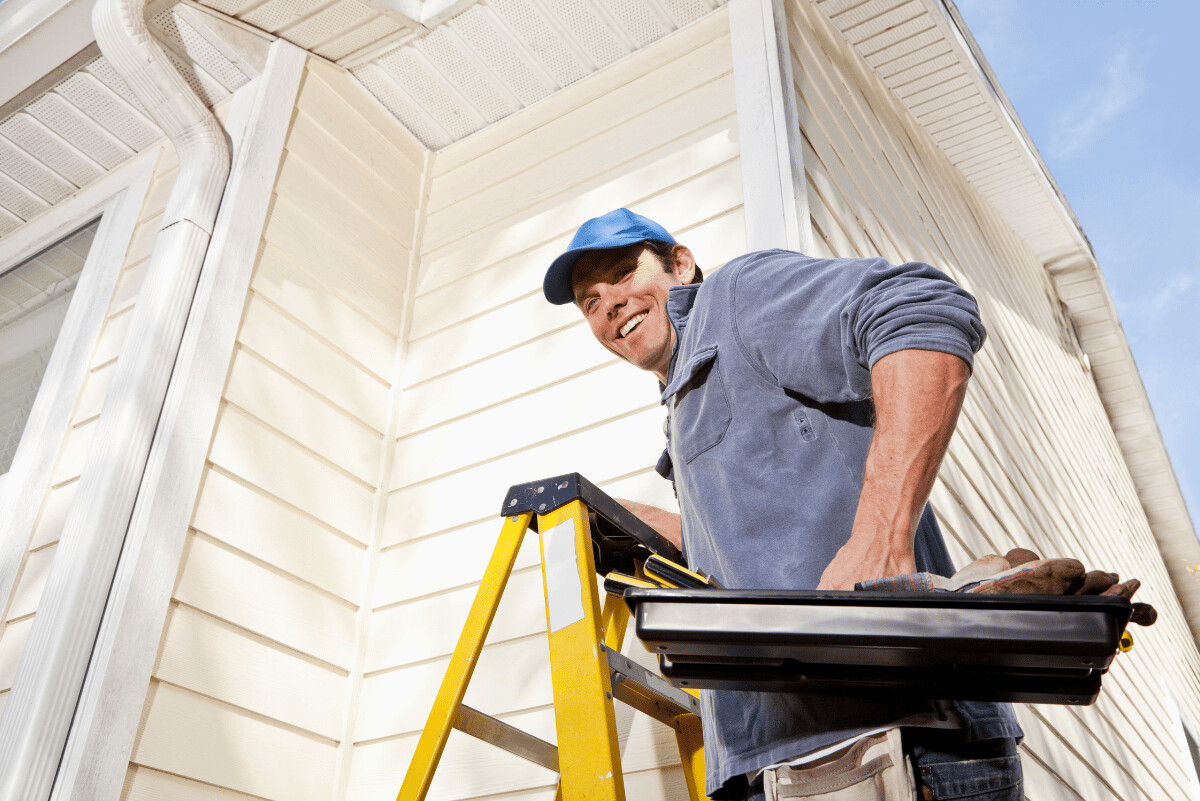

Home Maintenance
What Insurance Covers Home Repairs
Modified: March 6, 2024
Ensure your home repairs are covered with the right insurance. Find out what insurance options are available for home maintenance and protect your investments.
(Many of the links in this article redirect to a specific reviewed product. Your purchase of these products through affiliate links helps to generate commission for Storables.com, at no extra cost. Learn more)
Introduction
Welcome to the world of homeownership! As a proud homeowner, it’s essential to take care of your property and ensure that it remains a safe and comfortable haven for you and your loved ones. However, inevitable wear and tear, accidents, and unforeseen events can lead to home repairs that require immediate attention.
When it comes to home repairs, the cost can quickly add up, leaving many homeowners scrambling to find a solution. This is where homeowners insurance comes into play. Understanding what your insurance covers and how it can help you with home repairs is vital for protecting your investment and giving you peace of mind.
In this article, we will explore the ins and outs of homeowners insurance and its coverage for home repairs. From understanding the different types of repairs covered to navigating the claim process, you’ll gain valuable insights into maximizing your insurance benefits. Let’s dive in!
Key Takeaways:
- Homeowners insurance can help cover repairs for specific perils like fire, water damage, and theft, but not all repairs are covered. Understanding your policy and documenting damage are crucial for successful claims.
- When filing a home repair insurance claim, report damage promptly, provide accurate information, and cooperate with the insurance adjuster. Keeping detailed records and following the insurer’s instructions can increase the likelihood of a successful claim.
Read more: What Does Renovation Insurance Cover
Understanding Homeowners Insurance
Before delving into the specifics of coverage for home repairs, it’s crucial to grasp the fundamentals of homeowners insurance. Homeowners insurance is a type of property insurance that provides financial protection against damage to a home or its contents. It typically covers both the structure of the home and personal belongings within it.
Homeowners insurance policies vary in coverage and cost, depending on factors such as the location of the property, the value of the home, and the level of coverage chosen by the homeowner. The insurance policy generally includes two main components: property coverage and liability coverage.
Property coverage protects against damage to the physical structure of the home and any attached structures, such as garages or sheds. It also covers damage to personal belongings inside the home, such as furniture, appliances, and electronics. In the event of a covered peril, such as fire, theft, or vandalism, homeowners can file a claim to recover the cost of repairing or replacing damaged property.
Liability coverage, on the other hand, provides protection against lawsuits filed by individuals who are injured on the homeowner’s property. It can cover medical expenses, legal fees, and damages awarded to the injured party. Liability coverage is crucial, as it safeguards homeowners from potential financial ruin resulting from accidents on their property.
It’s essential to review your homeowners insurance policy carefully to understand the level of coverage you have for both property and liability. Keep in mind that policies may have certain exclusions and limitations, so it’s wise to ask your insurance provider about any specific concerns or scenarios.
Coverage for Home Repairs
Now that we have a basic understanding of homeowners insurance, let’s explore how it can help cover the costs of home repairs. Homeowners insurance typically extends coverage for repairs related to certain perils or events specified in the policy. These perils can include fire, windstorms, hail, lightning, theft, vandalism, and more.
The extent of coverage for home repairs will depend on your specific policy and the type of damage sustained. Some policies provide coverage for repairs to the structure of the home, while others may also include coverage for repairs to personal property. It’s crucial to review your policy and understand the limitations and deductibles associated with home repairs.
It’s important to note that not all types of repairs are covered under homeowners insurance. Certain maintenance and wear-and-tear issues, such as a leaky roof or a malfunctioning HVAC system due to regular wear over time, may not be covered. Additionally, damage caused by flooding or earthquakes may require separate insurance policies or endorsements specifically designed to cover these perils.
When it comes to coverage for home repairs, insurance policies typically fall into two categories: actual cash value (ACV) and replacement cost value (RCV).
ACV coverage takes into account the depreciated value of the damaged items or structure at the time of the loss. For example, if your five-year-old TV is damaged in a covered event, the insurance will reimburse you for its current value after considering depreciation.
On the other hand, RCV coverage will reimburse you for the cost of repairing or replacing the damaged item or structure without considering depreciation. This type of coverage provides a higher level of reimbursement but generally comes with higher premium rates.
It’s essential to understand the coverage type you have for home repairs and consult with your insurance provider to determine the best course of action when filing a claim for repairs.
Types of Home Repairs Covered by Insurance
When it comes to home repairs, insurance policies generally cover a wide range of damages caused by various perils. Here are some of the common types of repairs that may be covered by homeowners insurance:
- Damage from fire: If your home sustains damage from a fire, whether it’s partial or total, homeowners insurance can help cover the cost of repairs or rebuilding.
- Water damage: Water damage caused by burst pipes, plumbing issues, or even natural disasters like storms or heavy rainfall can also be covered. This includes repairs to flooring, walls, and damaged personal belongings.
- Windstorm or hail damage: If your home is damaged by windstorms or hail, such as roof damage or broken windows, homeowners insurance typically covers the cost of repairs.
- Theft or vandalism: If your home is burglarized or vandalized, resulting in damage to the property or stolen belongings, homeowners insurance can help cover the repairs or replacement costs.
- Falling objects: If a tree or other objects fall on your home, causing damage to the structure or personal property, homeowners insurance generally covers the repair or replacement costs.
- Damage from electrical surges: Electrical surges can cause damage to appliances, HVAC systems, and other electrical components. Homeowners insurance may cover the cost of repairs or replacements due to these events.
- Accidental damage: Some homeowners insurance policies provide coverage for accidental damage caused by you or a member of your household, such as a broken window or a hole in the wall. Check your policy to see if this coverage is included.
It’s crucial to document the damage thoroughly by taking photographs and keeping records of any receipts or estimates for repairs. When filing a claim with your insurance provider, provide as much evidence and documentation as possible to support your case.
Keep in mind that there may be limits to the coverage and deductibles associated with each type of repair. Review your policy carefully and consult with your insurance provider to understand the specifics of your coverage.
Claim Process for Home Repairs
When you need to file a claim for home repairs covered by your homeowners insurance, it’s crucial to understand the claim process to ensure a smooth and successful outcome. Here are the general steps to follow when filing a claim:
- Contact your insurance provider: As soon as you discover the damage, report the incident to your insurance company. They will guide you through the next steps and provide you with the necessary forms to submit your claim.
- Document the damage: Take photographs or videos of the damage to provide visual evidence during the claims process. This documentation will help support your claim and ensure that nothing is overlooked.
- Notify the authorities: If necessary, such as in the case of theft or vandalism, report the incident to the police. Obtain an official report or case number, as this will be required during the claims process.
- Collect repair estimates: Obtain estimates from reputable contractors or professionals for the cost of repairs. Ensure that these estimates are detailed and include the materials, labor, and any other relevant expenses.
- Submit your claim: Complete the necessary claim form provided by your insurance company. Attach the documentation you have collected, including photographs, official reports, and repair estimates. Submit the claim form and supporting documents to your insurance provider, either online or by mail.
- Work with an adjuster: Your insurance company will assign an adjuster to assess the damage and determine the value of the claim. The adjuster will schedule an appointment to visit your home and inspect the damage. Be prepared to provide them with any additional information or documentation they may require.
- Approval and payment: Once the adjuster has assessed the damage and verified the claim, your insurance company will approve the claim and issue payment. The payment will typically be based on the coverage type you have (ACV or RCV) and the agreed-upon repair costs.
- Hire a contractor: With the claim approved and payment received, you can proceed with hiring a reputable contractor to carry out the necessary repairs. It’s important to choose a contractor who is licensed, insured, and experienced in the type of repairs needed.
- Keep records: Throughout the entire process, make sure to keep copies of all communication, receipts for repairs, and any other relevant documentation. These records may be needed in the future for reference or in the case of any disputes.
Remember to communicate openly with your insurance provider and promptly provide any requested information. The claim process can vary depending on the insurance company and the extent of the damage, so it’s essential to stay informed and follow the instructions provided by your insurer.
Homeowners insurance typically covers repairs for damage caused by unexpected events, such as fire, wind, or vandalism. However, regular maintenance and wear and tear are usually not covered. Be sure to review your policy to understand what is and isn’t covered.
Read more: What Is Home Life Insurance
Factors Affecting Insurance Coverage for Home Repairs
When it comes to insurance coverage for home repairs, several factors can influence the extent of coverage provided by your homeowners insurance policy. Understanding these factors can help you anticipate and plan for potential limitations or exclusions. Here are some key factors that can affect insurance coverage for home repairs:
- Policy terms and conditions: Each insurance policy has its own terms, conditions, and exclusions. It’s crucial to read and understand your policy thoroughly to know what is covered and what is not. Pay attention to specific limitations, deductibles, and any endorsements or add-ons that may impact your coverage.
- Perils covered: Homeowners insurance typically covers specific perils such as fire, wind damage, theft, and vandalism. However, natural disasters like floods and earthquakes are often excluded and require separate coverage. Review your policy to understand which perils are covered and consider additional coverage if necessary.
- Age and condition of the home: The age and condition of your home can affect the availability of coverage for certain repairs. Older homes or homes in poor condition may face limitations or exclusions due to pre-existing issues or maintenance neglect. Regularly maintaining and updating your home can help ensure continued coverage.
- Location: The location of your home plays a significant role in insurance coverage. Areas prone to natural disasters, such as coastal regions or earthquake zones, may have higher premiums and additional coverage requirements. Conversely, homes in low-risk areas may enjoy lower premiums and broader coverage.
- Policy limits: Insurance policies often have coverage limits, which determine the maximum amount the insurer will pay for a claim. These limits can vary based on the type of coverage, such as structure or personal property, as well as specific items or categories of repairs. Understand your policy limits and consider adjusting them to suit your needs.
- Deductibles: A deductible is the amount you must pay out of pocket before your insurance coverage kicks in. Higher deductibles can result in lower premiums but also mean you will be responsible for a larger portion of the repair costs. Consider your financial situation and choose a deductible that aligns with your budget.
- Claim history: Your past claims history can impact your insurance coverage. Frequent or costly claims may lead to higher premiums or even non-renewal of your policy. It’s important to weigh the cost-benefit of filing a claim for minor repairs versus saving your claims for more significant incidents.
- Changes in coverage: It’s important to review your insurance policy regularly and notify your insurance provider of any changes to your home, such as renovations or additions. Failure to communicate these changes could result in coverage gaps or limitations.
Remember, every insurance policy is unique, and it’s essential to consult with your insurance provider to fully understand the factors that may affect your coverage for home repairs. By staying informed and proactive, you can ensure that your homeowners insurance meets your specific needs and provides the necessary protection for your home.
Tips for Filing Home Repair Insurance Claims
Filing an insurance claim for home repairs can be a complex process, but with the right approach, you can navigate it efficiently and maximize your chances of a successful outcome. Here are some useful tips to keep in mind when filing a home repair insurance claim:
- Report the damage promptly: As soon as you discover damage that requires repairs, contact your insurance provider to report the incident. Many insurance policies have time limits for filing claims, so it’s important to act quickly.
- Document the damage: Take photographs or videos of the damage as soon as it’s safe to do so. This visual evidence will support your claim and help establish the extent of the damage to your insurance company.
- Keep detailed records: Keep a meticulous record of all communication with your insurance company, including dates, names of representatives, and the content of conversations. This provides a clear timeline and reference point during the claims process.
- Provide accurate information: When filling out the claim form or speaking with your insurance adjuster, provide accurate and detailed information about the incident. Be thorough but avoid speculation or exaggeration.
- Obtain multiple repair estimates: Seek estimates from multiple reputable contractors or professionals for the cost of repairs. Having several estimates will give you a clearer understanding of the repair costs and provide evidence of the reasonable value of the repairs.
- Follow the insurance company’s instructions: Your insurance company will provide specific instructions on how to proceed with your claim. It’s crucial to follow these instructions carefully and provide any requested documentation promptly. Failure to do so may result in delays or denials.
- Be cautious with repairs: While it’s understandable to want to make immediate repairs, consult with your insurance company before proceeding. In some cases, they may require an inspection or approval before repairs can commence. Keep all receipts and invoices related to temporary repairs you make to prevent further damage.
- Cooperate with the insurance adjuster: The insurance adjuster plays a crucial role in assessing the damage and determining the value of your claim. Cooperate fully during their inspection and provide any additional information requested. Be prepared to answer questions truthfully and provide any necessary documentation.
- Review your settlement offer: Once your claim is approved, carefully review the settlement offer provided by your insurance company. Ensure that it aligns with your understanding of the damages and appropriate repair costs. If you have any concerns or questions, seek clarification from your insurance company.
- Keep copies of all documents: Throughout the claims process, make copies of all documents related to your claim, including claim forms, estimates, correspondence, and receipts. This will serve as a comprehensive record of your claim and can be invaluable for reference or in case of any disputes.
Remember, every insurance claim is unique, and the process can vary depending on your insurance company and policy. It’s important to communicate openly with your insurance provider, ask questions when needed, and stay organized throughout the claims process.
By following these tips and maintaining clear documentation, you can increase the likelihood of a successful home repair insurance claim and receive the coverage you deserve.
Frequently Asked Questions about Insurance Coverage for Home Repairs
When it comes to insurance coverage for home repairs, homeowners often have questions and concerns. Here are some frequently asked questions to help you understand this topic better:
- What types of home repairs are typically covered by homeowners insurance?
- Are all home repairs covered by insurance?
- How do I know if my home repairs are covered by insurance?
- What should I do if I need to file a claim for home repairs?
- How long does it take to process a home repair insurance claim?
- Does making a home repair insurance claim affect my premiums?
- Can I choose my own contractor for home repairs?
- Do I need to get multiple repair estimates?
- What should I do if my claim is denied?
Homeowners insurance typically covers repairs related to perils such as fire, wind damage, theft, vandalism, water damage, and falling objects. However, coverage can vary depending on your policy, so it’s important to review your specific coverage details.
No, not all types of home repairs are covered by homeowners insurance. Certain maintenance and wear-and-tear issues may not be covered. Additionally, damage caused by floods or earthquakes may require separate insurance policies or endorsements.
Review your homeowners insurance policy to understand the specific coverage you have for repairs. The policy will outline the perils covered, the extent of coverage, any exclusions, and the deductibles associated with repairs.
If you need to file a claim, contact your insurance provider as soon as possible to report the damage. Document the damage with photographs and gather any necessary documentation, such as repair estimates or police reports. Follow your insurance company’s instructions for filing a claim and provide accurate information.
The time it takes to process a home repair insurance claim can vary depending on several factors, including the complexity of the claim and the responsiveness of the homeowner. In some cases, the claim can be processed and resolved within a few weeks, while others may take longer.
Whether or not making a home repair insurance claim will affect your premiums can depend on several factors, such as the number of claims you have made in the past and the terms of your policy. It’s a good idea to consult with your insurance provider to understand how filing a claim may impact your premiums.
In most cases, you have the freedom to choose your own contractor for home repairs. However, it’s important to check with your insurance company before proceeding to ensure they approve of your chosen contractor and the repair costs align with their guidelines.
While it’s not always necessary to obtain multiple repair estimates, it can be beneficial to have a range of estimates to compare. Multiple estimates can provide a clearer understanding of the reasonable cost of repairs and help support your claim.
If your claim is denied, review the denial letter from your insurance company to understand the reason for denial. You may need to provide additional information or documentation to support your claim. If you believe the denial is unjust, you can appeal the decision or seek legal advice.
Remember, every insurance policy and claim is unique, and it’s important to consult with your insurance provider for personalized guidance and answers to your specific questions.
Conclusion
Home repairs are an inevitable aspect of homeownership, but with the right homeowners insurance coverage, you can minimize the financial burden and protect your investment. Understanding the ins and outs of insurance coverage for home repairs is crucial for ensuring that you have adequate protection when you need it most.
Throughout this article, we have explored various aspects of homeowners insurance coverage for home repairs. From understanding the basics of homeowners insurance to the different types of repairs typically covered, claim filing tips, and factors affecting coverage, you now have a comprehensive understanding of how insurance can help with home repairs.
Remember to familiarize yourself with your insurance policy, including the terms, conditions, and limitations. Review it regularly to ensure it aligns with your needs and keep your insurance provider informed about any changes to your home or circumstances.
When the need for repairs arises, promptly report the damage to your insurance company, document the damage thoroughly, and provide accurate information. Follow the instructions provided by your insurer and maintain good communication throughout the claims process.
By being proactive and organized, you can increase your chances of a successful home repair insurance claim. Collect multiple repair estimates, cooperate with the insurance adjuster, and keep copies of all relevant documents to support your claim.
Remember that insurance coverage for home repairs varies depending on your policy, so it’s essential to consult with your insurance provider for personalized guidance. They can help you understand the specifics of your coverage, answer any questions you may have, and guide you through the claims process.
Ultimately, having homeowners insurance coverage for home repairs brings peace of mind and financial protection. By understanding your policy, being prepared, and taking appropriate steps, you can navigate the world of home repairs with confidence, knowing that you have the backing of your insurance company.
Frequently Asked Questions about What Insurance Covers Home Repairs
Was this page helpful?
At Storables.com, we guarantee accurate and reliable information. Our content, validated by Expert Board Contributors, is crafted following stringent Editorial Policies. We're committed to providing you with well-researched, expert-backed insights for all your informational needs.

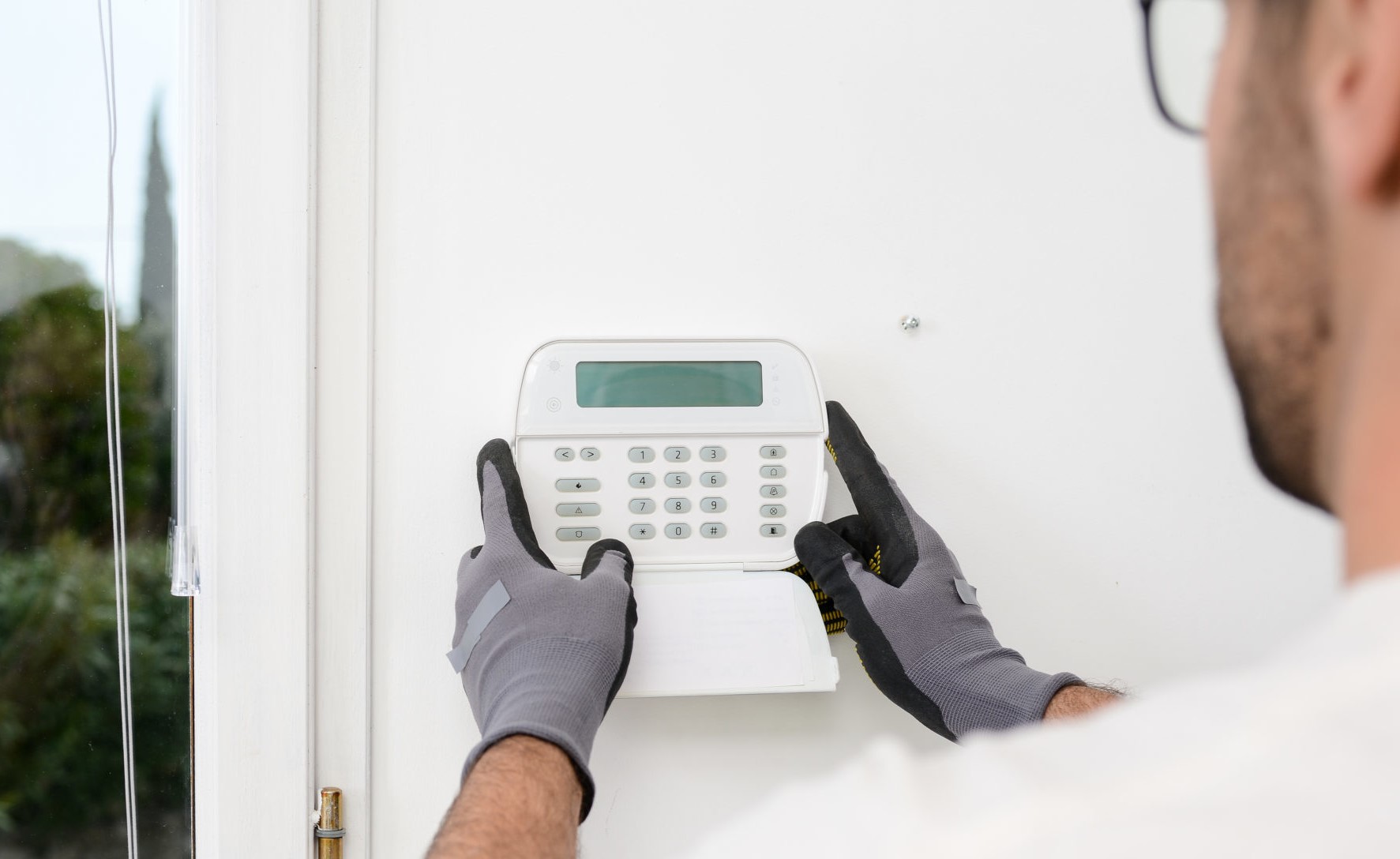


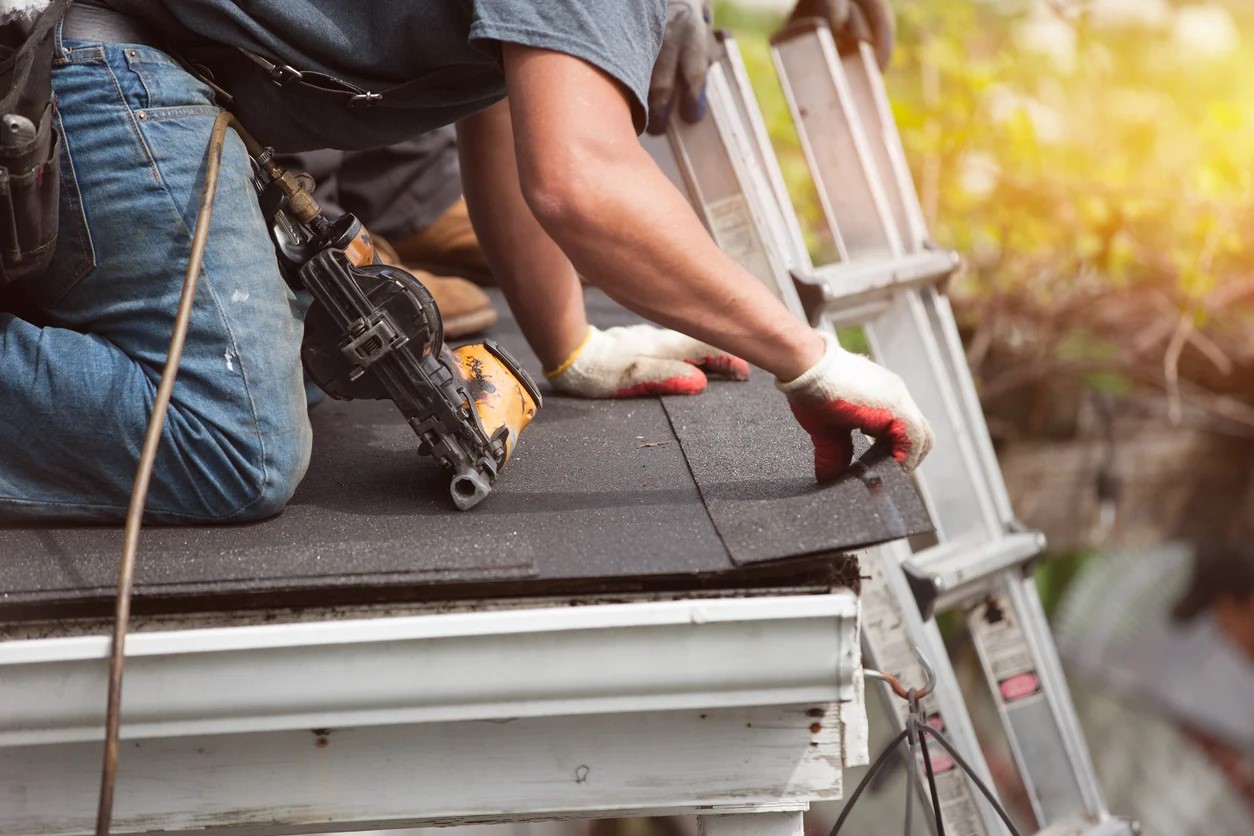
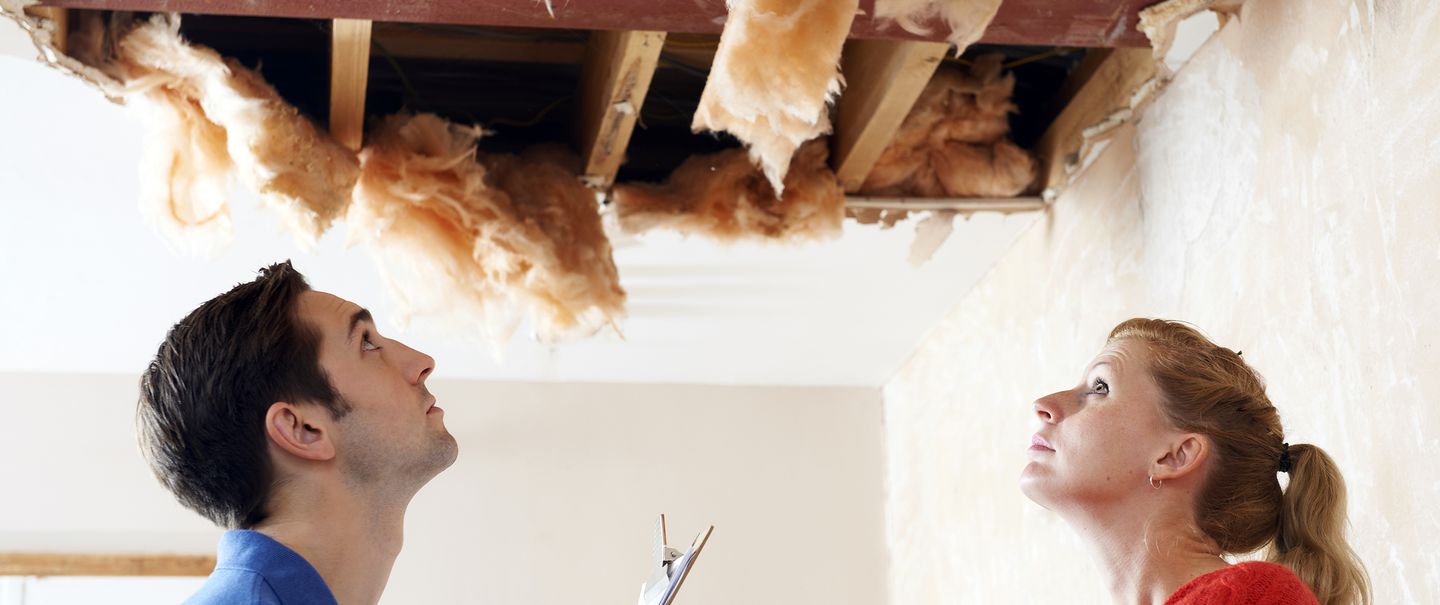


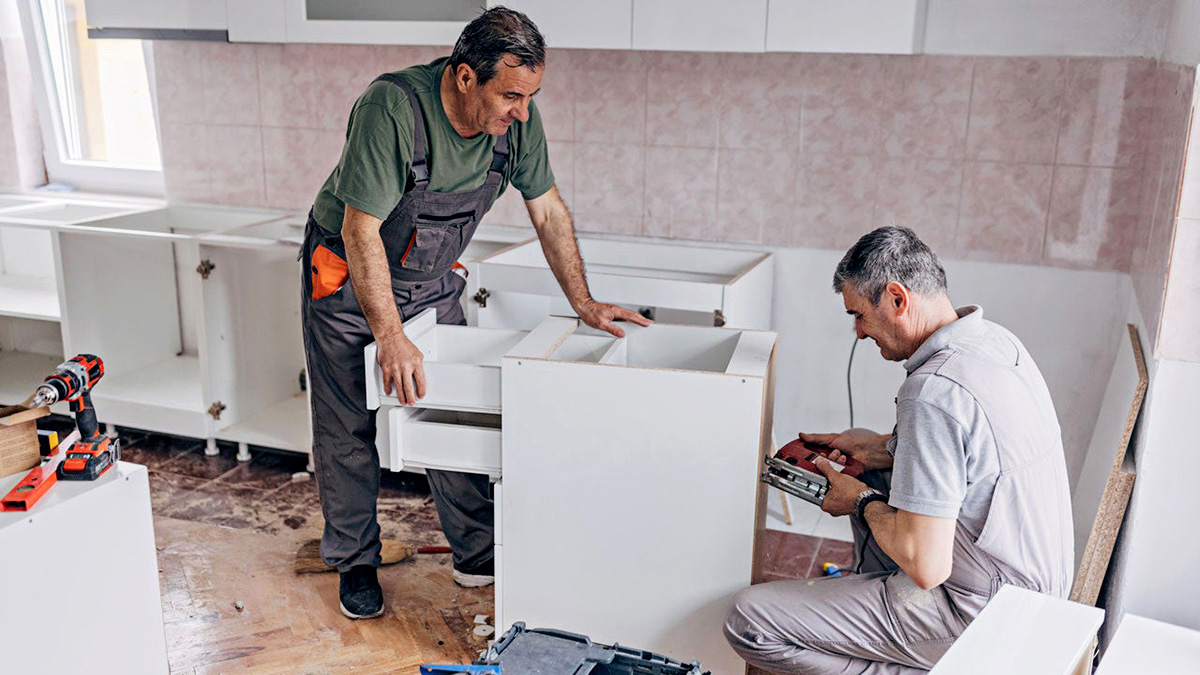
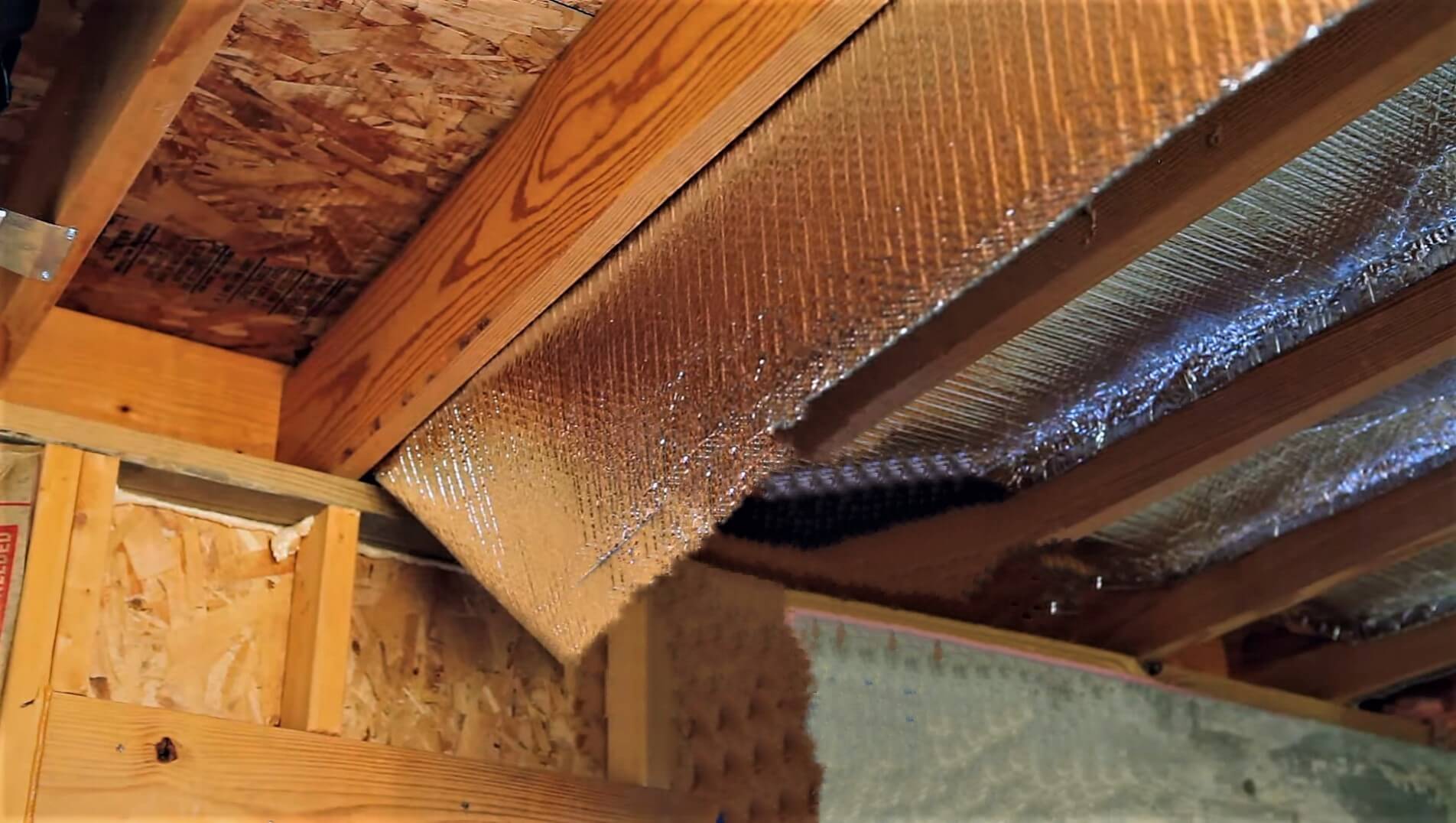

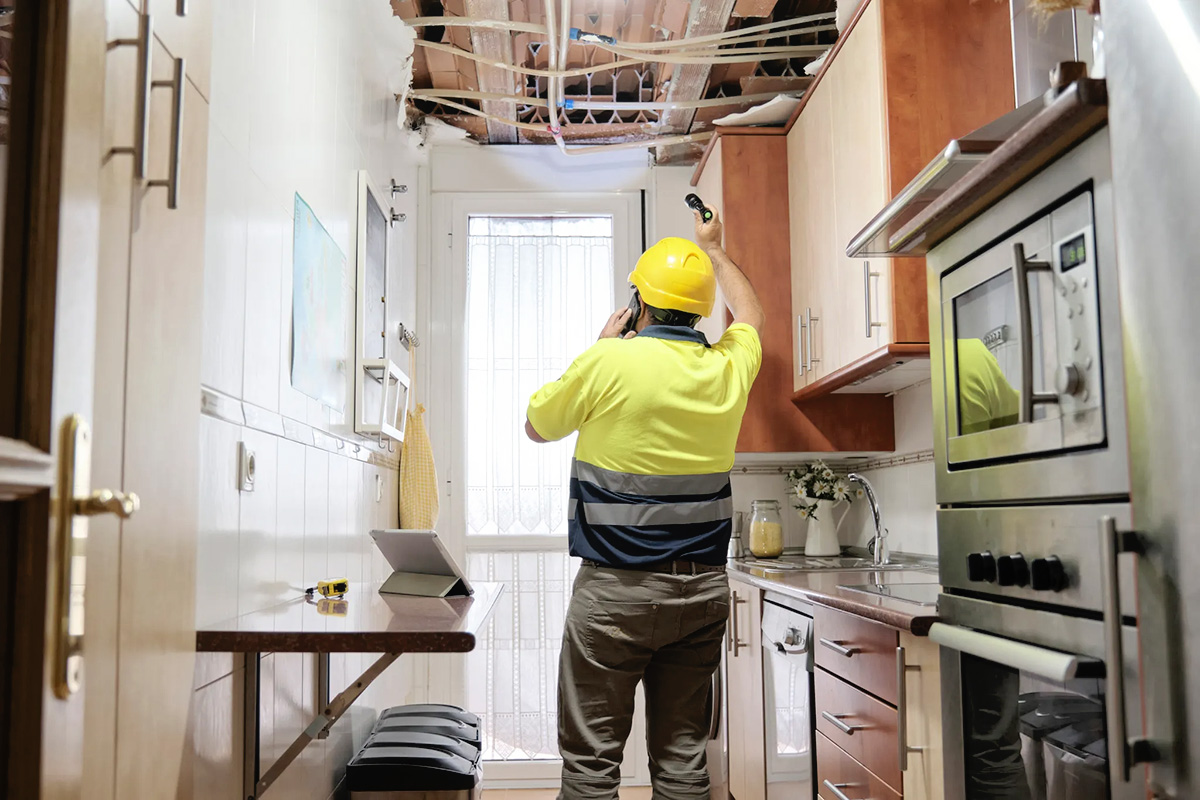

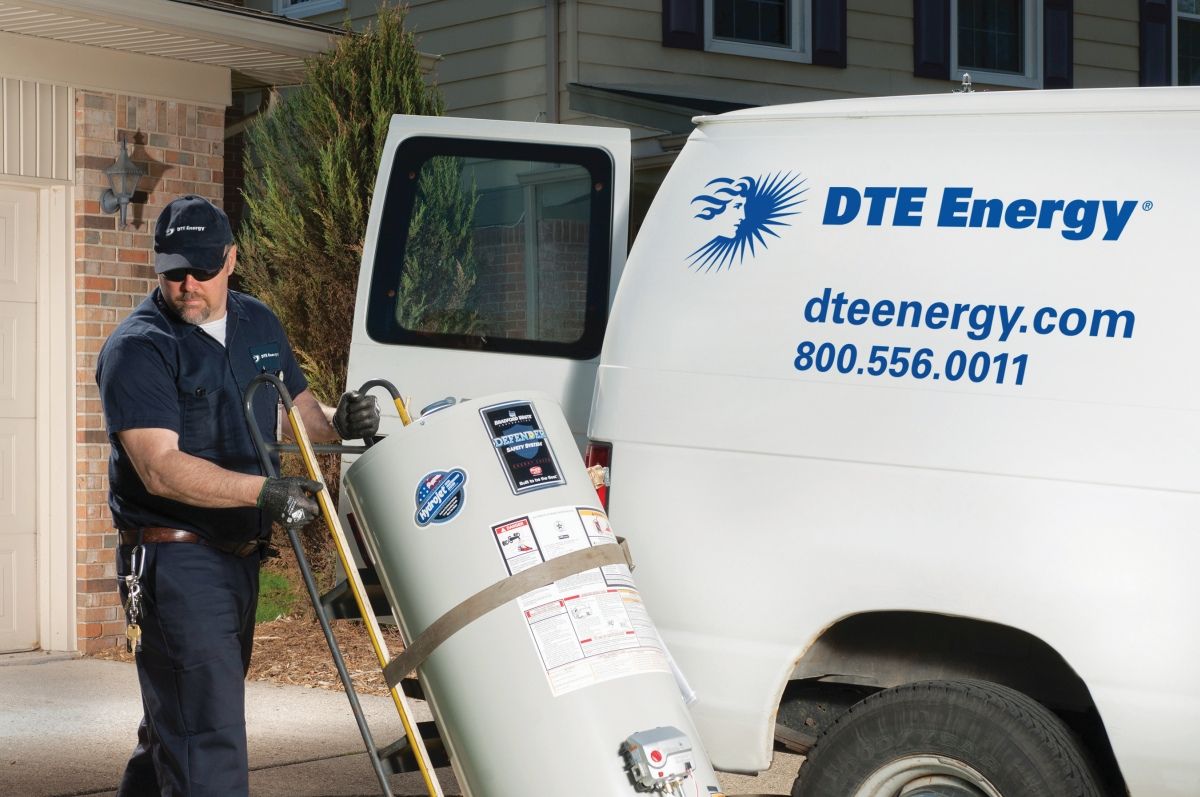

0 thoughts on “What Insurance Covers Home Repairs”